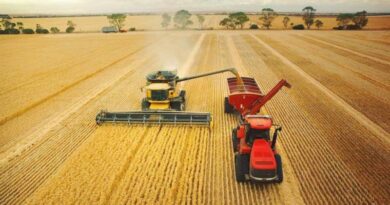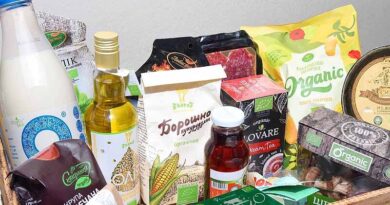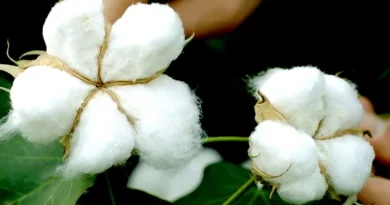How to Cultivate Assam Lemon (Kaji Nemu)
20 March 2024, New Delhi: Assam lemon is one of the most important crops of Assam and other parts of N.E. region. Fruit is widely used for culinary, beverages, industrial and medicinal uses.
Soil and Climate
Loamy soil with uniform texture up to a depth of 3 m is ideal for cultivation. It thrives well in humid sub tropics of the region.
Propagation
Assam lemon can be propagated by the following means.
Stem cutting: The cuttings are usually prepared from fully matured stem. The size of cutting is 18-20 cm in length with a pencil thickness. The upper cut is made l cm above the node and lower cut close below the node in slanting manner. The cuttings are planted with a spacing of 30cm x30cm in a slanting position in the nursery. The bed is prepared with a mixture of 1: 1: 1 decomposed cow dung, soil and sand, respectively.
Leaf- bud cutting: Leaf bud cutting should be taken from the branch having healthy well-developed bud and actively growing leaves. The cuttings consist of a leaf blade and short piece of the stem measuring 2 cm.
Air layering: The first step in air layering is to remove completely a strip of bark 3 cm in width at a point 15 cm or more below the tip end scraping the exposed surface to ensure complete removal of the phloem and cambium is desirable to retard healing. The cut portion is covered with moss or mud pudding with a mixture of well decomposed cow dung, soil and sand with a ratio of 1: 1: 1, respectively. Then a piece of polythene sheet 15-20 cm wide is wrapped carefully around the branch so that the moss and mud is completely covered. Both end of polythene is tied firmly.
Planting
Size of pit and spacing: Before monsoon, pit size of O.5m x O.5m x 0.5 ml should be prepared at 3 m apart and refilled the pit with soil and FYM at 1: 1 ratio.
Time of planting: The time of planting of Assam lemon is May to August.
| Manure and Fertilizer | ||||
| Year | FYM | N | P2PS | K20 |
| 1st | 10kg | 100g | 100g | 100g |
| 2nd | 10kg | 100g | 100g | 100g |
| 3rd | 10kg | 100g | 100g | 100g |
| 4th | 20 kg | 100g | 100g | 100g |
This mixture is to be applied in two split doses i.e. during Feb-March and October- November.
Intercultural operation
Weeding should be done frequently at monthly interval, mulching with paddy straw or black polythene can also be used to control weeds.
Irrigation
Irrigations are to be given only during dry periods, the first being at planting time, subsequent irrigations can be given at 15-20 days interval during December to March if possible.
Insect/Pests
Leaf mining beetle (Sebathefulvipennis): the grubs of this insect feed on the foliage of Assam lemon during new flush.
Leaf miner: Caterpillars feed on newly emerged leaf tissues forming zigzag shrinking streak like galleries.
Aphid: Nymphs and adults suck the sap from newly emerged leaves, tender parts and flowers.
Monocrotophos@ 2.5 g/ L of water or Dimethoate (Rogor) @ 1.5 ml/L of water can effectively control these insects.
Stem borer: Grubs bore and feed on the bark, making tunnels inside the trunk. Control measure of stem borer is same as discussed in orange.
Diseases
Twig blight: Plant exhibits drying of twigs and small branches from growing tip.
The affected portion should be cut and pasted with Bordeaux paste. Spraying with
1 % Bordeaux mixture or Copper Oxychloride@ 2.5 g/L found effective against this disease.
Harvesting and yield
Assam lemon produces two distinct flowering flush in a year viz. Spring (Feb- March) and autumn (Sep-Oct) besides sparse flowering round the year. Fruits should be harvested when they attain full size, develop attractive green to little yellow colour. Fruits are ready for harvesting during the month of June to July and December to January. From 3rdyear-old tree about 40-50 fruits may be harvested.
Also Read: Best Agrolife’s Patented Product ‘Defender’ to Be Available for Indian Farmers From May 2024
(For Latest Agriculture News & Updates, follow Krishak Jagat on Google News)















